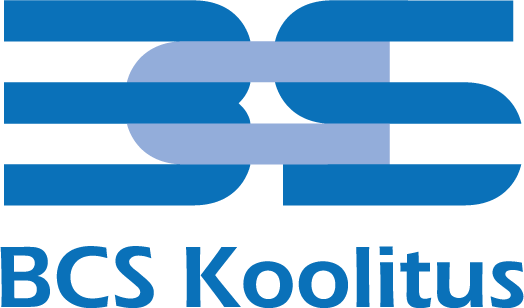Querying Data with Transact-SQL (MOC#20761)
This course is designed to introduce students to Transact-SQL. It is designed in such a way that the first three days can be taught as a course to students requiring the knowledge for other courses in the SQL Server curriculum. Days 4 & 5 teach the remaining skills required to take exam 70-761.

The main purpose of the course is to give students a good understanding of the Transact-SQL language which is used by all SQL Server-related disciplines; namely, Database Administration, Database Development and Business Intelligence. As such, the primary target audience for this course is: Database Administrators, Database Developers and BI professionals. Basic knowledge of the Microsoft Windows operating system and its core functionality. Working knowledge of relational databases.
Prerequisites:
- Basic knowledge of the Microsoft Windows operating system and its core functionality.
- Working knowledge of relational databases.
Program:
- Module 1: Introduction to Microsoft SQL Server
- Module 2: Introduction to T-SQL Querying
- Module 3: Writing SELECT Queries
- Module 4: Querying Multiple Tables
- Module 5: Sorting and Filtering Data
- Module 6: Working with SQL Server Data Types
- Module 7: Using DML to Modify Data
- Module 8: Using Built-In Functions
- Module 9: Grouping and Aggregating Data
- Module 10: Using Subqueries
- Module 11: Using Table Expressions
- Module 12: Using Set Operators
- Module 13: Using Windows Ranking, Offset, and Aggregate Functions
- Module 14: Pivoting and Grouping Sets
- Module 15: Executing Stored Procedures
- Module 16: Programming with T-SQL
- Module 17: Implementing Error Handling
- Module 18: Implementing Transactions
After completing this course, students will be able to:
- Describe key capabilities and components of SQL Server.
- Describe T-SQL, sets, and predicate logic.
- Write a single table SELECT statement.
- Write a multi-table SELECT statement.
- Write SELECT statements with filtering and sorting.
- Describe how SQL Server uses data types.
- Write DML statements.
- Write queries that use built-in functions.
- Write queries that aggregate data.
- Write subqueries.
- Create and implement views and table-valued functions.
- Use set operators to combine query results.
- Write queries that use window ranking, offset, and aggregate functions.
- Transform data by implementing pivot, unpivot, rollup and cube.
- Create and implement stored procedures.
- Add programming constructs such as variables, conditions, and loops to T-SQL code.
Learning methods: Practical exercise, independent work.
Assesment methods: Execution of independent work.
Assesment form: Independent practical tasks on relevant topics.
Koolitaja:
 Gunnar Peipman
Gunnar Peipman
BCS Koolituse partnerlektor. Gunnar on ASP.NET, Azure ja SharePointi huviline, Estonian Microsoft kasutajate grupi liider, blogija, õppejõud ja tehnikahuviline. Alates 2008. aastast on ta Microsoft MVP ja spetsialiseerunud ASP.NET-ile.
Price includes:Free Microsoft certification exam within the period of 6 months after finishing the course
Koolitusel saab osaleda nii klassis kui ka veebi teel.
- Klassikoolitustel oleme omalt poolt võtnud kasutusele kõik ettevaatusabinõud, et koolitustel osalemine oleks teile meeldiv ja turvaline kogemus.
Hind sisaldab: kohvipause koolituskeskuses - Veebikoolitusel saab osaleda videokonverentsi keskkonnas Zoom. Koolituse keskkonda sisenemise link koos juhendiga saadetakse koolitusele registreerujatele enne koolitust. Hoolsa õpilasena pääsed „klassiruumi“ 15 min enne koolituse algust, et kõik vajalik (pilt, mikrofon ja vestlus) häälestada. Väga tervitatav on kahe ekraani kasutamise võimalus (kui ei ole, saab hakkama ka ühega). Koolituse käigus tehakse läbi praktilisi harjutusi, mis eeldab osaleja interaktiivset panustamist.